BINGHAMTON, NY — Neandertals — the closest ancestor to modern humans — possessed the ability to perceive and produce human speech, according to a new study published by an international multidisciplinary team of researchers including Binghamton University anthropology professor Rolf…
Tag: Archaeology
Deep dive into bioarchaeological data reveals Mediterranean migration trends over 8,000 years
A team of international researchers led by a Florida State University assistant professor has analyzed reams of data from the Neolithic to Late Roman period looking at migration patterns across the Mediterranean and found that despite evidence of cultural connections,…
Examining the impact of climate change on Siberia’s stores of permafrost
Northumbria University is to play a leading role in a major study to assess the long-term impact of global warming on Siberia’s thawing permafrost
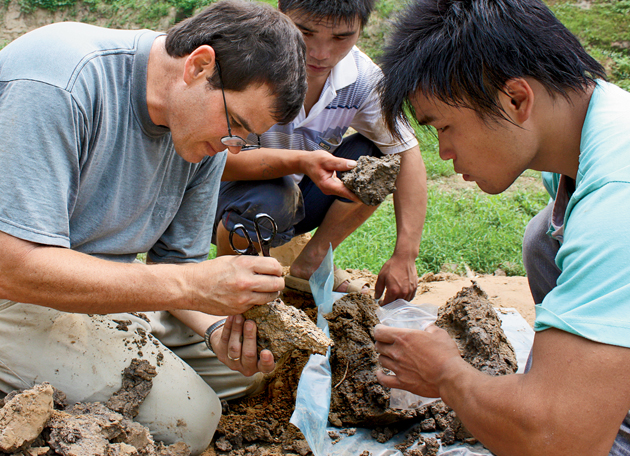
Under climate stress, human innovation set stage for population surge
Instead of a collapse amid dry conditions, development of agriculture and increasingly complex human social structures set the stage for a dramatic increase in human population in central plains of China around 3,900 to 3,500 years ago.
Ancient Egyptian manual reveals new details about mummification
Based on a manual recently discovered in a 3,500-year-old medical papyrus, University of Copenhagen Egyptologist Sofie Schiødt has been able to help reconstruct the embalming process used to prepare ancient Egyptians for the afterlife. It is the oldest surviving manual…
New diplodocus-like dinosaur, Dzharatitanis kingi, identified from a fossil
First rebbachisaurid found in Asia
Revive the map: 4D building reconstruction with machine learning
A research team from Skoltech and FBK (Italy) presented a methodology to derive 4D building models using historical maps and machine learning. The implemented method relies on the geometric, neighbourhood, and categorical attributes to predict building heights. The method is…
Ancient skeletal hand could reveal evolutionary secrets
A 4.4 million-year-old skeleton could show how early humans moved and began to walk upright, according to new research led by a Texas A&M anthropology professor
Using a multipronged approach to investigate the diet of ancient dogs
Coprolites, or fossilized dog feces, are often used to understand the dietary preferences of ancient civilizations. However, the samples are often contaminated, making the analysis difficult. A new study, published in Scientific Reports , uses different techniques to improve the…
New dating techniques reveal Australia’s oldest known rock painting, and it’s a kangaroo
Two-meter kangaroo painting thought to be 17,300 years old
Medieval containers hint at thriving wine trade in Islamic Sicily
Researchers at the University of York have found chemical residues of grapes in medieval containers indicating a prosperous wine trade in Islamic Sicily. They found that a type of container from the 9-11th century, called amphorae, traditionally used for transporting…
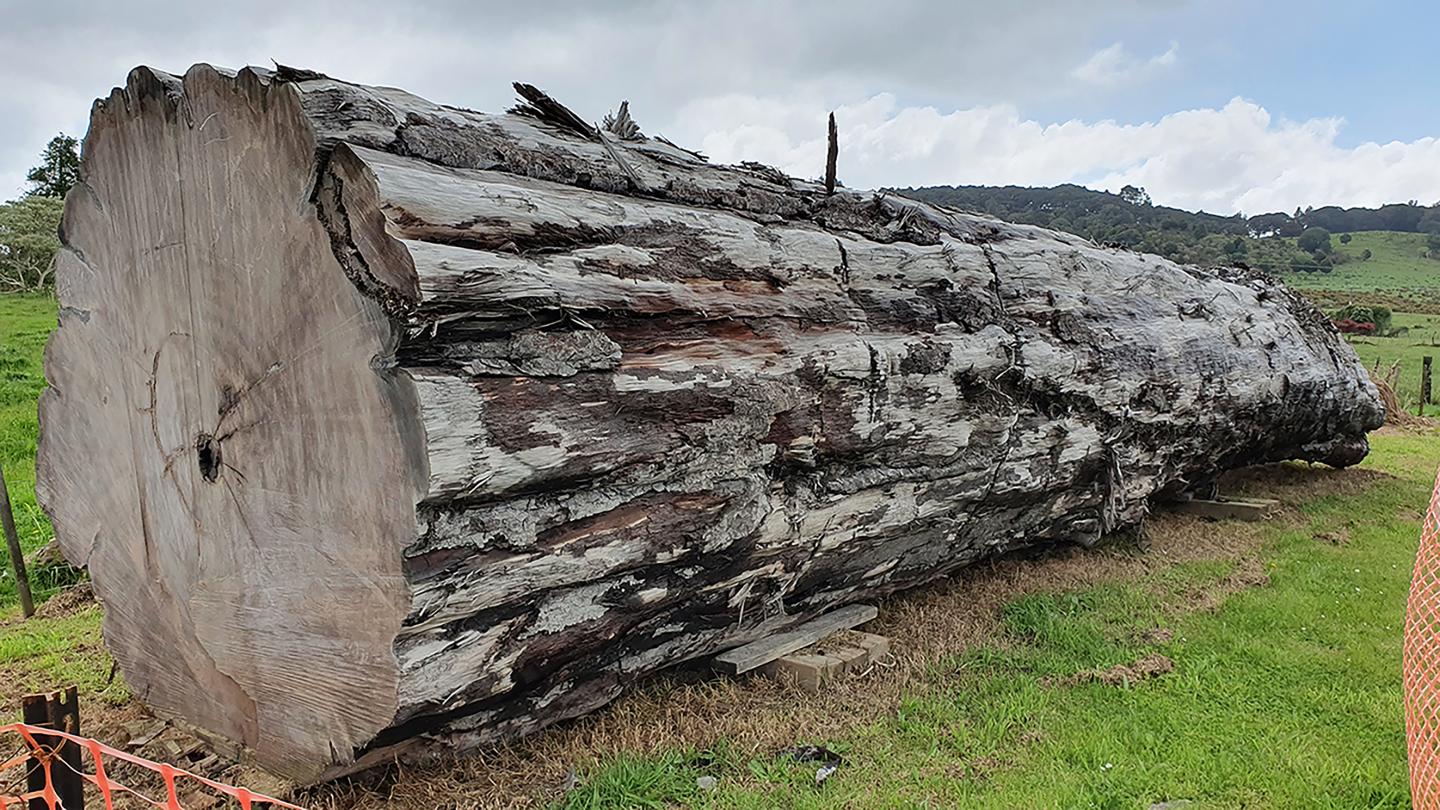
42,000-year-old trees allow more accurate analysis of last Earth’s magnetic field reversal
The last complete reversal of the Earth’s magnetic field, the so-called Laschamps event, took place 42,000 years ago.
Like it or not, history shows that taxes and bureaucracy are cornerstones of democracy
Statistical analysis of 30-premodern societies links economic systems and democracy–and yields insights for today
Mongolian archaeological project receives 2 million euro Arcadia grant
A new grant to the Department of Archaeology will support the documentation of thousands of threatened sites and construct an open access database in English, Mongolian and Russian
CT scans of Egyptian mummy reveal new details about the death of a pivotal pharaoh
New interpretations based on medical imaging suggest Seqenenre-Taa-II was executed by multiple attackers and embalmers had skillfully concealed some head wounds
Changing livestock in ancient Europe reflect political shifts
Archaeology shows that politics and economics played a major impact in choosing livestock
Wolves, dogs and dingoes, oh my
Dogs are generally considered the first domesticated animal, while its ancestor is generally considered to be the wolf, but where the Australian dingo fits into this framework is still debated, according to a retired Penn State anthropologist. “Indigenous Australians understood…

Climate change likely drove the extinction of North America’s largest animals
A new study published in Nature Communications suggests that the extinction of North America’s largest mammals was not driven by overhunting by rapidly expanding human populations following their entrance into the Americas.
Climate change likely drove the extinction of North America’s largest animals
New research suggests that overhunting by humans was not responsible for the extinction of mammoths, ground sloths, and other North American megafauna.
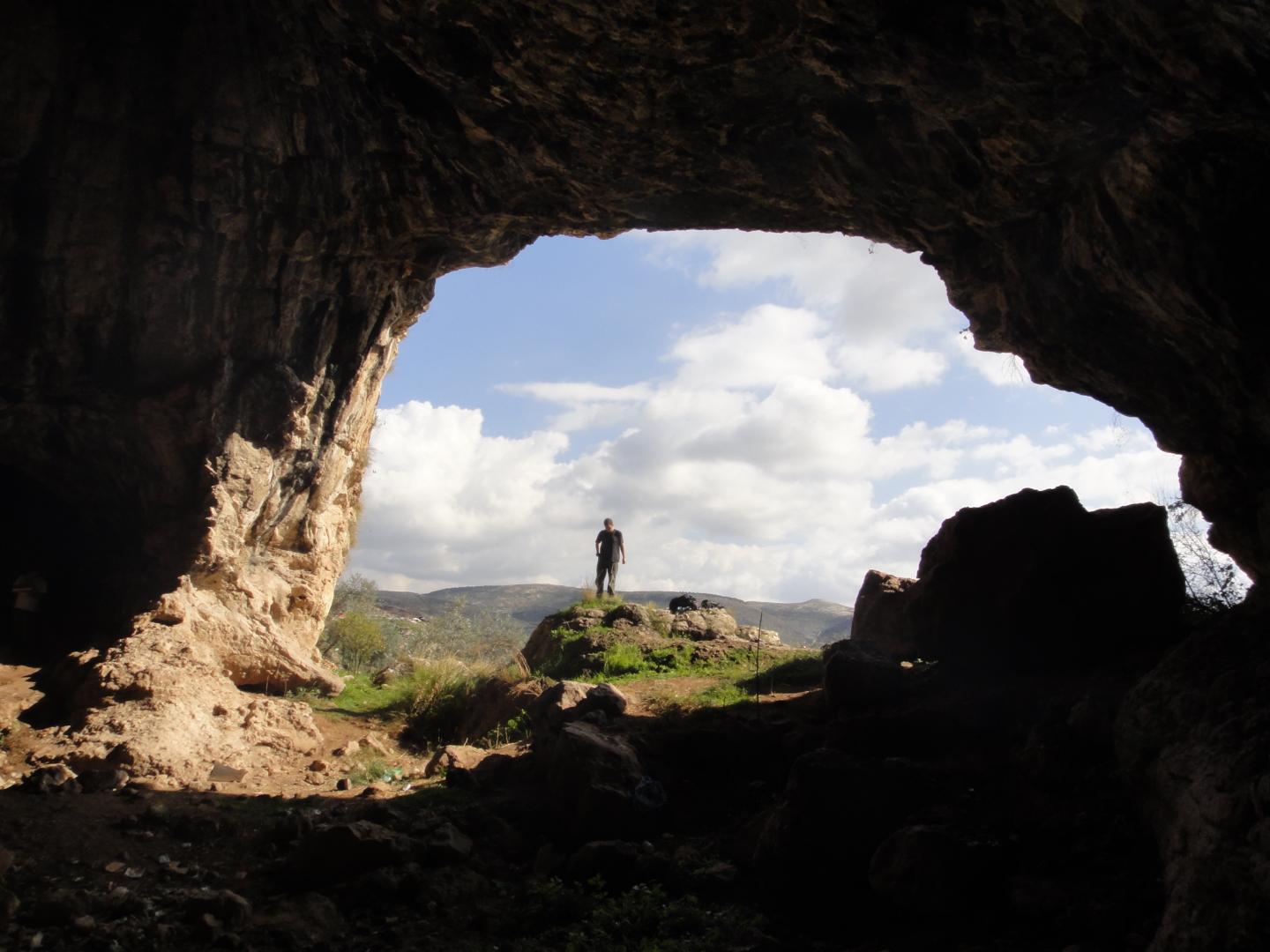
Neanderthals and Homo sapiens used identical Nubian technology
Long held in a private collection, the newly analysed tooth of an approximately 9-year-old Neanderthal child marks the hominin’s southernmost known range.
Neanderthals and Homo sapiens used identical Nubian technology
Long held in a private collection, the newly analysed tooth of an approximately 9-year-old Neanderthal child marks the hominin’s southernmost known range. Analysis of the associated archaeological assemblage suggests Neanderthals used Nubian Levallois technology, previously thought to be restricted to…
Disease epidemic possibly caused population collapse in Central Africa 1600-1400 years ago
A new study published in the journal Science Advances shows that Bantu-speaking communities in the Congo rainforest underwent a major population collapse from 1600 to 1400 years ago, probably due to a prolonged disease epidemic, and that significant resettlement did…
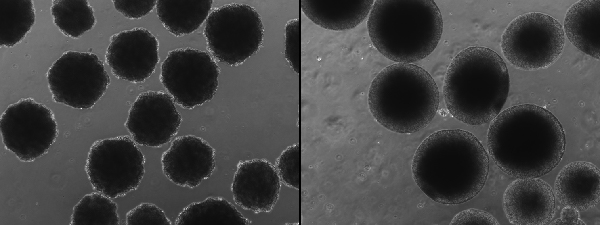
How a Single Gene Alteration May Have Separated Modern Humans from Predecessors
UC San Diego researchers discovered a single gene alteration that may help explain cognitive differences between modern humans and our predecessor, and used that information to develop Neanderthal-like brain organoids in the lab.
Gender gap: Women represent two-thirds of doctorates, only one-third of academic jobs
Study reveals persistent gender gap in hiring, especially for women with Canadian PhDs in archaeology
Earliest known conch shell horn plays its tune for the first time in 17,000 years
First record of the sound produced by the oldest Upper Paleolithic seashell horn
Ancient seashell resonates after 18,000 years
Almost 80 years after its discovery, a large shell from the ornate Marsoulas Cave in the Pyrenees has been studied by a multidisciplinary team from the CNRS, the Muséum de Toulouse, the Université Toulouse – Jean Jaurès and the Musée…
On the origin of our species
Experts from the Natural History Museum, The Francis Crick Institute and the Max Planck Institute for the Science of Human History Jena have joined together to untangle the different meanings of ancestry in the evolution of our species Homo sapiens.…
Human eye beats machine in archaeological color identification test
GAINESVILLE, Fla. — A ruler and scale can tell archaeologists the size and weight of a fragment of pottery – but identifying its precise color can depend on individual perception. So, when a handheld color-matching gadget came on the market,…
Ancient Amazonian farmers fortified valuable land they had spent years making fertile to protect it
Ancient Amazonian communities fortified valuable land they had spent years making fertile to protect it from conflict, excavations show. Farmers in Bolivia constructed wooden defences around previously nutrient-poor tropical soils they had enriched over generations to keep them safe during…
Late arrival of modern humans to southern China
Analysis of human teeth from caves in southern China does not support the previously proposed hypothesis that anatomically modern humans arrived in the region as early as 120,000 years ago, a study finds. Genetic studies suggest that anatomically modern humans…
Nehandertals’ gut microbiota and the bacteria helping our health
Neanderthals’ gut microbiota already included some beneficial micro-organisms that are also found in our own intestine. An international research group led by the University of Bologna achieved this result by extracting and analysing ancient DNA from 50,000-year-old faecal sediments sampled…
Horse remains reveal new insights into how Native peoples raised horses
A new analysis of a horse previously believed to be from the Ice Age shows that the animal actually died just a few hundred years ago–and was raised, ridden and cared for by Native peoples. The study sheds light on…
Study suggests environmental factors had a role in the evolution of human tolerance
Study suggests environmental factors had a role in the evolution of human tolerance and friendliness
New study uncovers rare “mud carapace” mortuary treatment of Egyptian mummy
And reveals a potential case of mistaken identity: the mummy and associated coffin did not originally belong together!
What did the Swiss eat during the Bronze Age?
Scientists from UNIGE and UPF have analyzed the skeletons of several Bronze Age communities that lived in Western Switzerland in order to reconstruct the evolution of their diet
Scientific investigations of believed remains of two apostles
In Rome lies the Santi Apostoli church, cared for by Franciscan brothers for more than 500 years. For more than 1500 years, this site has held the believed remains of two of the earliest Christians and Jesu apostles: St. Philip…
Past river activity in northern Africa reveals multiple Sahara greenings
The analysis of sediment cores from the Mediterranean Sea combined with Earth system models tells the story of major environmental changes in North Africa over the last 160,000 years
Ancient proteins help track early milk drinking in Africa
New research shows milk consumption in eastern Africa began before the evolution of lactase persistence
History of the Champagne vineyards revealed
Although the reputation of Champagne is well established, the history of Champagne wines and vineyards is poorly documented. However, a research team led by scientists from the CNRS and the Université de Montpellier at the Institut des sciences de l’évolution…
New findings on devonian ‘platypus fish’ cast light on evolution of modern jawed vertebrates
New findings on the brain and inner ear cavity of a 400-million-year-old platypus-like fish cast light on the evolution of modern jawed vertebrates, according to a study led by Dr. ZHU Youan and Dr. LU Jing from the Institute of…
First people to enter the Americas likely did so with their dogs
The first people to settle in the Americas likely brought their own canine companions with them, according to new research which sheds more light on the origin of dogs. An international team of researchers led by archaeologist Dr Angela Perri,…
Inner ear morphology and great ape evolution
The inner ear morphology of fossil apes sheds light on hominid evolution, according to a study. Untangling the relationships between extinct and extant apes remains a challenge due to a fragmentary fossil record and the fact that certain morphological features…
On the origins of money: Ancient European hoards full of standardized bronze objects
Early Bronze Age cultures traded in bronze objects of standardized weight
A new archaeology for the Anthropocene era
Indiana Jones and Lara Croft have a lot to answer for. Public perceptions of archaeology are often thoroughly outdated, and these characterisations do little to help. Yet archaeology as practiced today bears virtually no resemblance to the tomb raiding portrayed…
Learning from Native American fire management
A recent study of an ancient wildland-urban interface managed by ancestors of Jemez Pueblo in northern New Mexico could provide an alternate model for modern fire management. As communities expand into fire-prone wildland regions, the threat of wildfire hazards such…
The end of domestic wine in 17th century Japan
September 1632 document likely shows the order for the last batch of Japanese wine in the Edo period
Ancient DNA reveals secrets of Game of Thrones wolves
Extinct dire wolves split off from other wolves nearly six million years ago and were only a distant relative of today’s wolves, according to new research published in Nature today (13 January). Dire wolves, made famous in the TV show…
Like plants do: non-classical photosynthesis by earth’s inorganic semiconducting minerals
Study reveals that Earth-abundant minerals convert sunlight into chemical energy, hinting at the evolution of photosynthesis in early bacteria
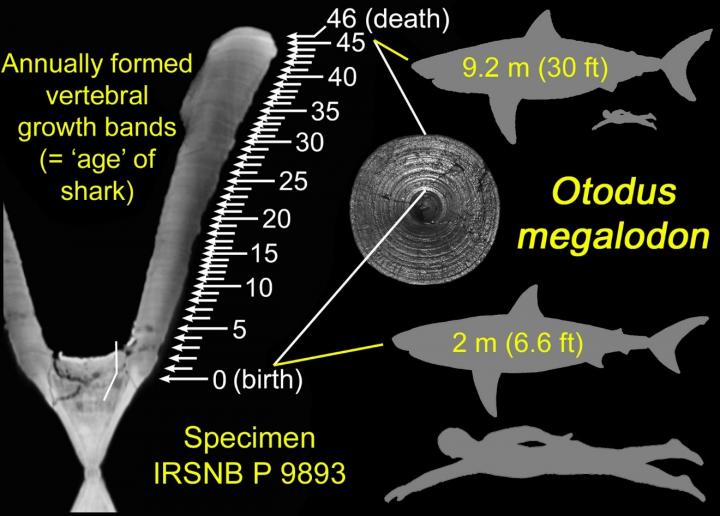
Megalodons gave birth to large newborns that likely grew by eating unhatched eggs in womb
A new study shows that the gigantic Megalodon or megatooth shark, which lived nearly worldwide roughly 15-3.6 million years ago and reached at least 50 feet (15 meters) in length, gave birth to babies larger than most adult humans.
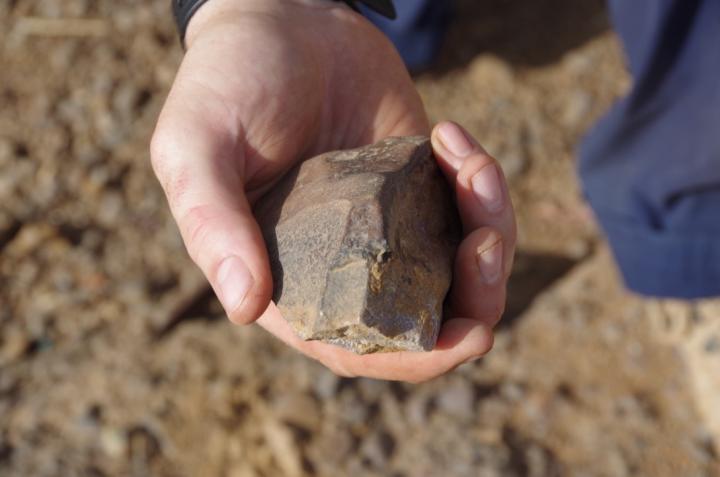
First human culture lasted 20,000 years longer than thought
Fieldwork led by Dr Eleanor Scerri, head of the Pan-African Evolution Research Group at the Max Planck Institute for the Science of Human History in Germany and Dr Khady Niang of the University of Cheikh Anta Diop in Senegal, has documented the youngest known occurrence of the Middle Stone Age.